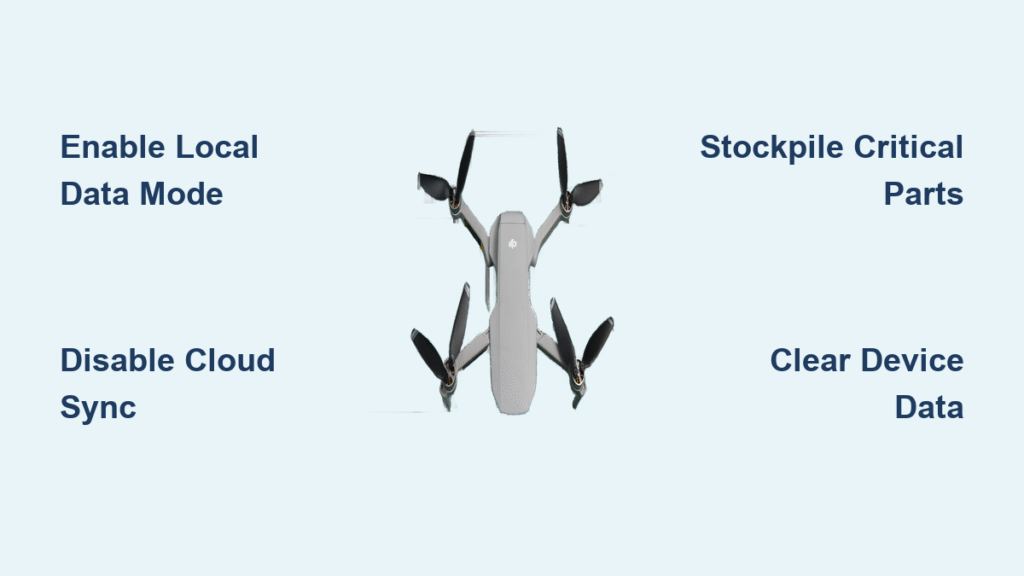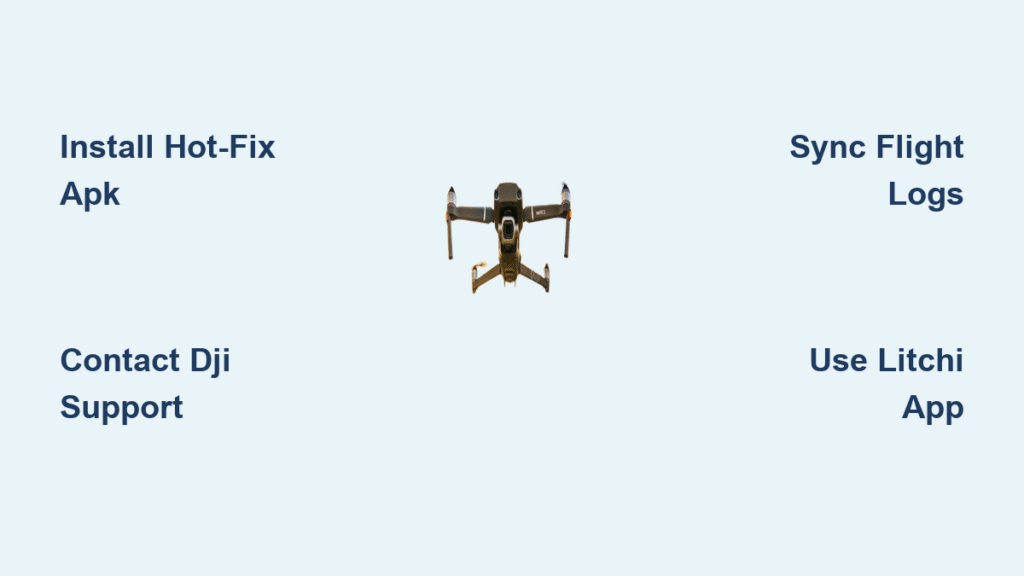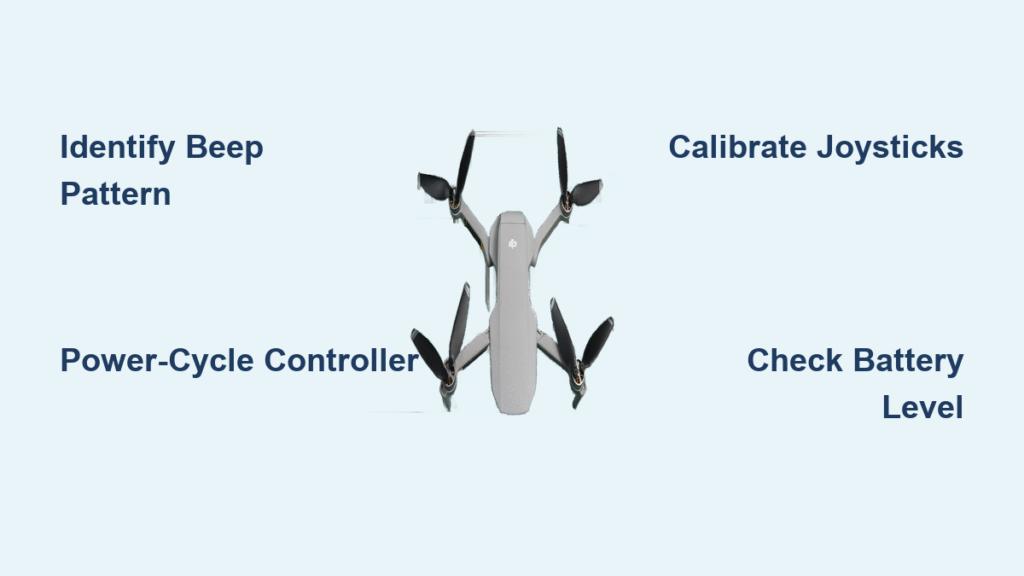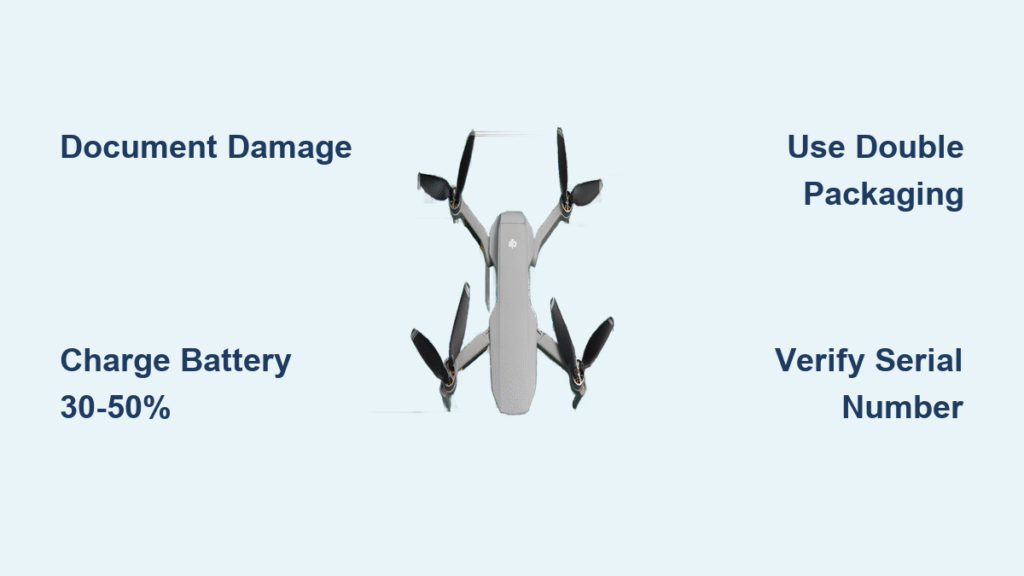DJI drones control over 70% of U.S. commercial operations, yet federal agencies unanimously warn they pose “significant risks to critical infrastructure.” If you’re using Mavic, Matrice, or T-series drones for public safety, agriculture, or construction, your equipment could face sudden deactivation as Congress accelerates bans. Customs delays already stretch shipments to weeks, while Fairfax County—home to CIA headquarters—halted all DJI purchases in 2024 over fears of CCP data access. This isn’t theoretical: the NDAA FY25 mandates a full security review with a one-year deadline. Miss it, and DJI lands on the FCC Covered List, cutting off spectrum access and new sales. Discover exactly how to protect your $50,000 drone investment before operational freezing takes effect.
How the NDAA FY25 Ban Timeline Threatens Your Drone Operations Today
Congress embedded drone restrictions in the National Defense Authorization Act with zero grace period. Your DJI fleet faces three irreversible deadlines starting December 2024. If the mandated security review isn’t completed within 365 days, DJI automatically joins the FCC Covered List—immediately blocking new activations and radio spectrum access. But pressure is accelerating: House representatives demanded a preliminary report in just 30 days by July 2025, calling DJI’s “unrealistic” timeline claims unacceptable. Meanwhile, local jurisdictions set dangerous precedents. Fairfax County banned DJI procurement months ago, citing high-resolution imagery risks near intelligence facilities. Their request for FEMA UASI funds to replace fleets proves this isn’t hypothetical—it’s a funding crisis in motion.
Critical Agency Actions That Disable DJI Use
| Timeline | Agency Action | Your Immediate Risk |
|---|---|---|
| August 2017 | Homeland Security alert on data leaks | First evidence of infrastructure exposure |
| December 2020 | Commerce Department Entity List ban | Blocked U.S. tech exports to DJI |
| January 2024 | CISA/FBI joint critical infrastructure warning | Insurers now raising premiums |
| Current | Customs port delays | 3-4 week parts shortages crippling repairs |
Pro Tip: Track Customs and Border Protection enforcement intensity—it’s the earliest predictor of full bans. Sudden shipment holds mean FCC Covered List addition is imminent.
DJI’s Security Architecture: Where Enterprise Protections Fail Consumers
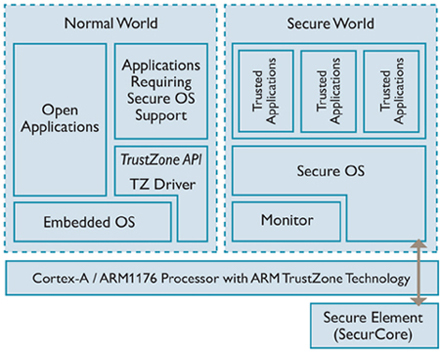
DJI’s 2025 white paper reveals sophisticated enterprise safeguards—but critical gaps leave consumer users exposed. Enterprise models like Matrice 3D/30 use ARM TrustZone to create a hardware-isolated “secure vault” for keys and certificates. Combined with FIPS 140-2 certified AES-256 encryption and anti-rollback hardware fuses, this meets NIST 2030 standards. Yet consumer apps like DJI Fly offer only an airplane-style “kill switch” instead of true Restricted Mode. The fatal flaw? Consumer drones lack the three-tier network control (Standard/Restricted/Local) that enterprise users get to block cloud sync and third-party services.
Why Your Consumer DJI Drone Can’t Be Secured
- No true Local Data Mode: Consumer apps force cloud opt-in during setup
- Automatic telemetry: Flight logs sync without explicit permission prompts
- No offline GEO unlocks: Requires constant internet connection
- Vulnerable update paths: SD-card firmware updates lack enterprise-grade signing
Critical Gap: Even with Local Data Mode enabled, consumer drones transmit diagnostic data to DJI servers during initial setup—a backdoor lawmakers cite as evidence of data leakage.
Three Operational Failure Modes Destroying DJI Fleets

Your drones face imminent collapse across three fronts. Supply chain disruption already manifests as 40-60% price spikes for replacement parts and weeks-long customs holds. But the true crisis hits when firmware updates freeze—banned companies can’t push security patches, leaving drones vulnerable to exploits. Worse, FCC Covered List addition would gradually revoke spectrum access, turning your Matrice 350 into a $25,000 paperweight during critical operations.
Stakeholder-Specific Risks You Can’t Ignore
| Industry | Critical Vulnerability | Time Until Collapse |
|---|---|---|
| Public Safety | 70% SAR fleet dependency | 6-12 months (FEMA grant cycle) |
| Precision Agriculture | T-series spraying drones | 2-3 growing seasons |
| Construction Surveying | RTK mapping drone downtime | Immediate cost spikes |
| Media Production | Mavic/Air line obsolescence | Grey market dependency now |
Pro Tip: If your drone requires cloud sync for RTK corrections or GEO zones, it’s already compromised—switch to offline-capable alternatives immediately.
Emergency Protection Steps for DJI Users (Week 1-6 Action Plan)
Don’t wait for Sandia Labs’ declassified report—act now. Start with a full inventory audit: count every DJI device, model, age, and mission-criticality. Classify data sensitivity—does your drone capture infrastructure blueprints or residential footage? Then harden devices using enterprise-grade tactics even on consumer models.
Phase 1: Device Lockdown (Days 1-7)
- Enable Local Data Mode on Pilot 2 apps (Settings > Safety > Local Data Mode)
- Disable all cloud toggles: Turn off FlightHub sync, telemetry, and map services
- Download final firmware to encrypted SD cards before bans hit
- Clear device cache via Settings > Data & Privacy > “Clear All Device Data”
Phase 2: Supply Chain Fortification (Weeks 2-4)
- Stockpile 18 months of critical parts (propellers, batteries, gimbals)
- Establish third-party repair relationships like Drone Nerds or Heliguy
- Implement FlightHub 2 On-premises for sensitive operations (self-hosted version)
- Create offline update protocols using SD-card firmware transfers
Warning: Never rely on DJI’s consumer “kill switch”—it doesn’t block diagnostic data transmission during initialization.
Transition Strategies That Avoid Stranded Assets

U.S. alternatives like Skydio cost 2-4x more with fewer features, but strategic funding bridges the gap. Public safety agencies should apply for FEMA Urban Area Security Initiative (UASI) grants immediately—Fairfax County secured $1.2M for drone replacement. Farmers qualify for USDA precision agriculture programs covering 50% of non-DJI equipment costs. For construction firms, DHS security grants offset FlightHub 2 On-premises migration costs while extending DJI fleet life legally.
Smart Replacement Roadmap
- Prioritize high-risk missions first: Swap DJI for Skydio/Parrot in critical infrastructure zones
- Leverage leasing programs: Shift ownership risk to vendors like Drone Aviation
- Demand NDAA-compliant warranties: Require 3-year parts guarantees from new vendors
- Phase out consumer models first: Enterprise DJI drones have 6-12 months more runway
Pro Tip: Autel Robotics isn’t safe either—they’re Chinese-manufactured and face identical sanctions scrutiny.
Data Deletion Protocol Before Disposing DJI Devices
Abandoning DJI requires forensic-level data wiping. Start by emailing support@dji.com with “Account Deletion” in the subject line—this triggers GDPR/CCPA-compliant erasure. Then perform factory reset: Settings > Data & Privacy > “Clear All Device Data.” Crucially, reformat SD cards separately since security codes become irretrievable after reset. Enterprise users must verify deletion via FlightHub 2 audit logs; consumer users have no confirmation method, making physical destruction of storage chips essential.
Red Flag: If your drone shows “Security Code Required” after reset, DJI can’t recover it—assume all data is compromised.
The clock is ticking on your DJI investment. With the NDAA review deadline looming and Customs delays already crippling operations, your 70% market-dominant drone fleet could become illegal equipment within 12 months. Public safety agencies losing search-and-rescue capabilities, farmers facing crop-spraying gaps, and construction firms hit with project delays—all because they waited for “official” declassification. Start your inventory audit today: count every drone, classify its data risks, and lock down Local Data Mode before the next congressional deadline. The legislation won’t pause for budget cycles—your operational continuity depends on acting now.

